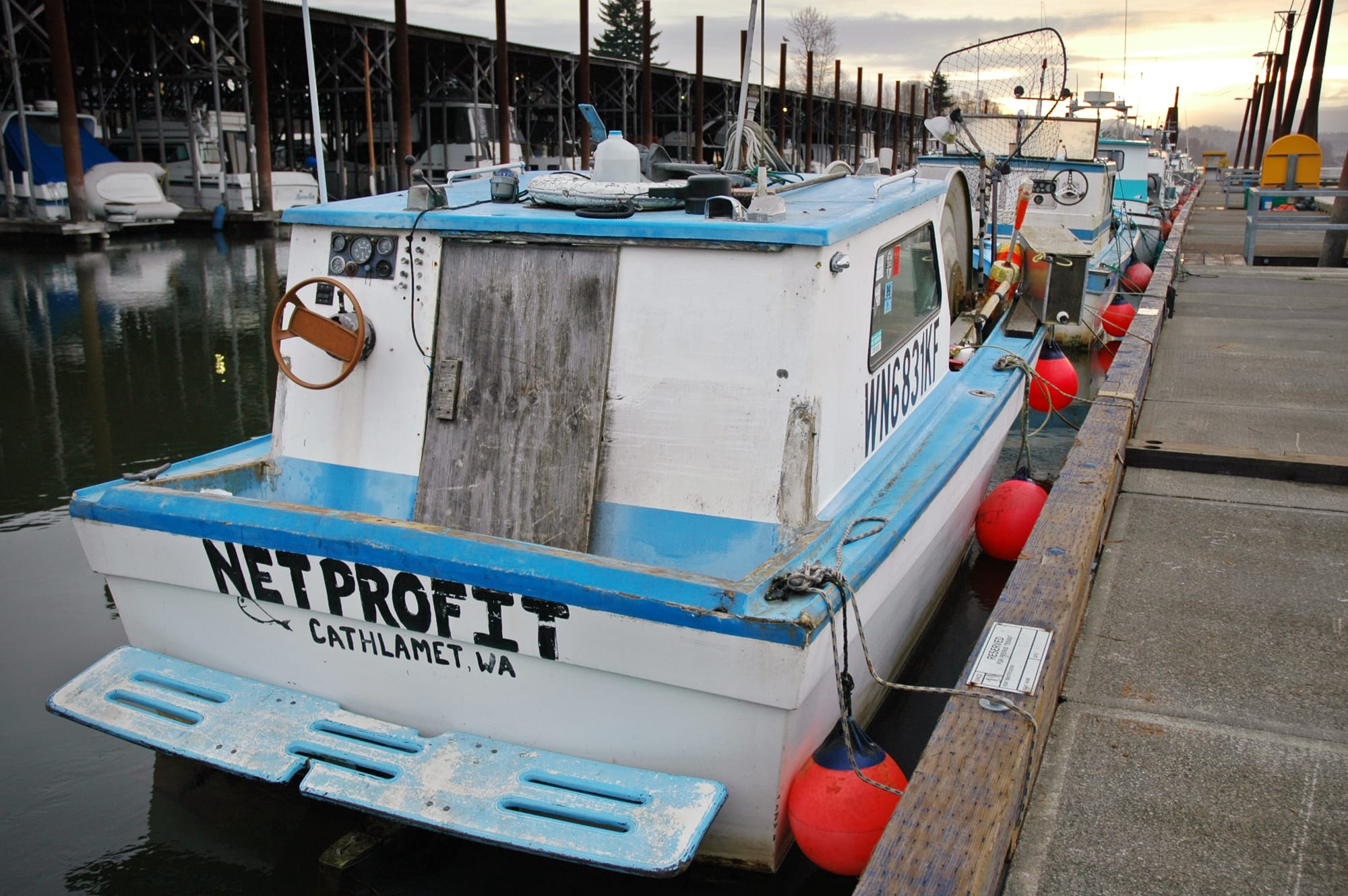Nine nights of gillnetting in the lower Columbia River between Warrior Rock and Beacon Rock will begin Aug. 7.
The commercial fleet will fish Sundays, Tuesdays and Thursdays from 9 p.m. to 6 a.m. through Aug. 26, according to regulations adopted today in Vancouver by the Columbia River Compact.
Nine-inch-minimum-mesh nets will be required.
Robin Ehlke, assistant Columbia River policy coordinator for the Washington Department of Fish and Wildlife, said the netters are projected to catch 2,200 fall chinook in the first week, 7,500 in the second week and 19,700 in the third week.
The 9-inch-mesh nets are expected to reduce the handle of steelhead and sublegal sturgeon. A year ago, the commercials were paid $2.64 per pound for bright chinook, 48 cents per pound for tule chinook and $1.21 per pound for coho.
Gillnetting also is planned in the week of Sept. 18 between Warrior and Beacon rocks and in the entire lower Columbia River on Sept. 25.
Commercial fishing targeting on coho is planned downstream of Woodland during October using 3.75-inch-mesh tangle nets, which allow for live release of wild fish. Traditional 6-inch-maximum mesh nets also will be considered in October.
Under reforms adopted in 2012 and early 2013 by Washington and Oregon, the use of gillnets in the main stem of the Columbia River is to be eliminated under most circumstances beginning in 2017.
Kyle Addicks of the Washington Department of Fish and Wildlife said a review of the four-year transition period (2013 through 2016) of the Columbia River reforms is scheduled at the end of this fishing season.
State, federal and tribal biologists are forecasting an excellent return of 960,200 fall chinook and a mediocre return of 322,600 coho to the Columbia River in 2016.




